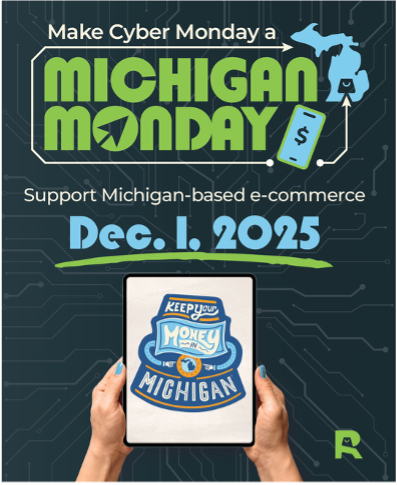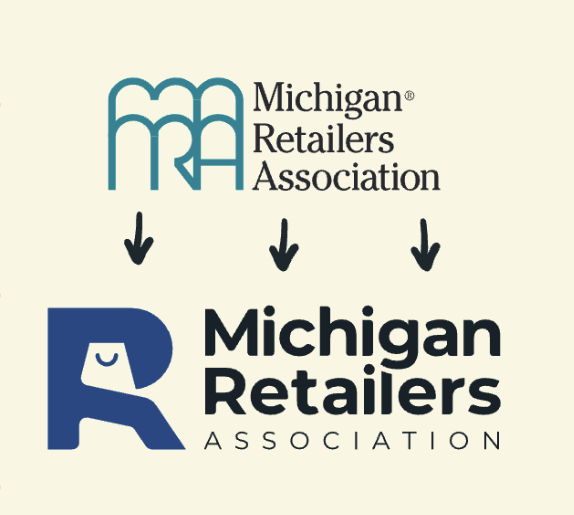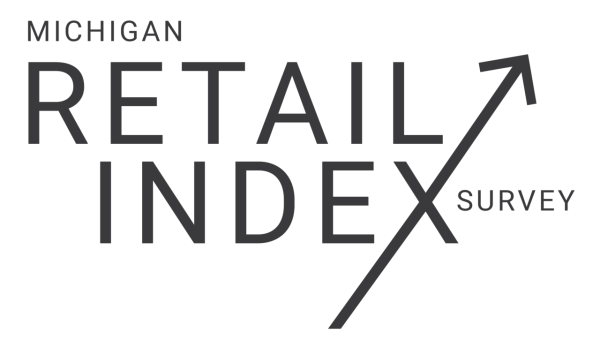By AMY DRUMM, MRA Vice President, Government Affairs
There’s nothing like a good fire drill to shake things up, and COVID-19 was the fire drill to end all fire drills. It was like three months straight of lame duck session but with a twist. Not only did it bring all legislative activity to a grinding halt (and mess up the timing to achieve some of our legislative goals) but it changed how work was done everywhere and closed most retailers’ doors.
Over the past three months (which felt more like three years), instead of working on legislation, MRA’s legislative department worked with the governor’s office to bring relief from restrictions on those retailers still operating, interpret rules and the 114 executive orders (as of June 8), craft and advocate for reasonable safety requirements or restrictions and do everything we could to get retail doors back open.
Change as drastic as the COVID-19 shutdown causes panic. MRA’s Ask Us First team fielded scores of calls and emails from members. The rules to operate a retail business changed weekly, sometimes daily on the local level, and left everyone scrambling to keep up, including us. The information floodgates were wide open with changes rapidly coming from federal, state and local governments.
Our first goal was to get accurate information and get that out to members quickly. We closely monitored every communication coming out of Governor Whitmer’s office and reached out to her staff asking questions. We worked with federal retail groups to decipher the federal loan and support programs and asked Congress to support additional flexibility for retailers and business owners trying to stay afloat.
Next were the requests from critical infrastructure retailers. Some retail industries are highly regulated like grocery and pharmacy. To operate effectively during the pandemic, they needed more flexibility. The lists of requests came in quickly to cut various red tape. This included things like lifting seasonal weight restrictions and local time/noise restrictions for trucks delivering essential goods, allowing 90-day prescriptions to be filled, pushing back licensing deadlines, suspending nonessential government mandates like taking back bottles and cans, asking for leniency on inspections and WIC product-stocking requirements as panic shopping continued, and generally making it easier to keep shelves stocked and stores clean.
That brought us through the first two weeks. Then as the Stay Home Order was extended, the safety requirements started rolling in while we began to push for retail to reopen safely, at least for curbside pickup and delivery. County health departments started imposing employee health screenings. It started with two counties and quickly snowballed into at least 42 with slightly different twists on how the screening should be conducted.
New executive orders in mid-April started detailing what could and couldn’t be sold, what kinds of protective equipment retailers must use and mandated strict cleaning requirements. With every new order we got dozens of questions on how to comply, many of which went unanswered from the administration. They were overwhelmed with questions and too few people to analyze and answer them. We often had to offer guidance that was our best guess. We recommended retailers come to their own conclusion based on the sometime vague language and be prepared to defend those answers.
Then came the compliance nightmares. We started getting calls about different levels of enforcement at the local level – so we reached out to local authorities and tried to help local law enforcement understand the challenges retailers were facing. Some calls were more successful than others and we would always alert the administration to problems so they too could weigh in.
At the same time, we were crafting recommendations about phasing the reopening of all retail back in. We worked with our board and members to detail various phases and protections retailers could take to keep their employees and customers safe. We pushed hard to have those recommendations adopted as early as possible, knowing for many retailers, reopening their doors soon was the only way they could survive.
To be honest, we’re extremely disappointed the administration didn’t take our advice and reopen retail sooner. We know many of you missed out on important spring and holiday sales you won’t get back. We felt strongly retailers could safely reopen to the public with limits and safeguards in place. MRA threw out every argument we could think of. We reminded the state of lost sales tax dollars for schools and local governments. We argued that all retailers could operate as safely as critical infrastructure retailers. We pointed out the state was driving sales to online retailers who don’t invest in Michigan. Most of it seemingly fell on deaf ears, not for lack of trying.
But as restrictions and limits on retailers loosen and things return to “normal” there is much we can learn from this COVID-19 fire drill. The state needs to be better prepared to act quickly, decisively, and to answer questions (they need more people who can jump into these roles in the governor’s office and the unemployment agency). There needs to be consistency in requirements and an easy way to find those requirements. MRA fills a vital role to get and decipher information and to advocate for members.
And the biggest lesson of all, is that the private sector economy must be able to function in order for the government to function long term. Michigan is facing a severe budget shortfall of $3.2 billion because of months when sales tax, income taxes and payroll taxes dried up. If a federal bailout of states does not occur, prepare for state tax increases to make up that difference on the backs of already hurting industries and individuals. Unfortunately, there is simply no way the state can trim $3.2 billion, it will require new revenue. The reality is that all these programs to keep businesses and individuals afloat during the pandemic carry a hefty price tag that will come due soon.






